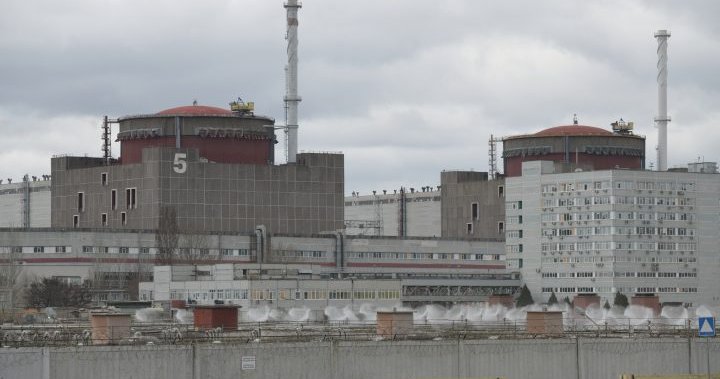Canada is revamping its emergency protocols in response to potential fallout from a tactical nuclear exchange in Europe or the spread of radiation from a Ukrainian power plant explosion. Internal documents from Public Safety Canada reveal that the government is updating a top-secret plan to ensure its functioning during severe crises. Additionally, steps are being taken to establish a protocol for notifying the Canadian public about incoming ballistic missiles. These measures were prompted by Russia’s invasion of Ukraine, which led to discussions and initiatives to enhance Canada’s preparedness for a catastrophic nuclear event.
The focus of concern is the Zaporizhzhya nuclear power plant in Ukraine, which was shelled, leading to the erosion of safety systems, disruption of maintenance, weakened emergency response capabilities, and risks of severe accidents, according to the notes. The potential effects of a release of radioactivity, such as direct exposure or consumption of contaminated food, would vary depending on proximity to the plant. To take precautions, Global Affairs Canada procured potassium iodide pills distributed to Kyiv and neighboring diplomatic missions. Plans have also been developed to handle an anticipated surge in requests for consular assistance following a power plant disaster.
While the notes indicate no radiological effects on health outside Ukraine or any significant risk to people in Canada following a major radiation release from Zaporizhzhya, some controls may be implemented for imports from Ukraine and surrounding areas due to potential contamination. As part of the Federal Nuclear Emergency Plan, Public Safety would coordinate communication with the public regarding an international nuclear event, emphasizing the importance of a timely and well-coordinated response to maintain trust in the government.
The Continuity of Constitutional Government plan, which ensures the functioning of key executive, legislative, and judicial processes during a major calamity, is being rapidly refreshed by Public Safety and the Privy Council Office. The plan includes the relocation of essential institutions, such as the Prime Minister’s Office, federal cabinet, Parliament, and the Supreme Court, to an alternate site outside the National Capital Region. Furthermore, a national Missile Warning Protocol has been ratified to inform the public and key federal partners about incoming missiles, following the false ballistic missile alert in Hawaii in 2018.
Public Safety Canada has not provided information on the updates to the constitutional continuity plan, the status of the missile warning protocol, or recent efforts to enhance nuclear emergency preparedness. However, it is common for crises like the one in Europe to prompt accelerated reviews of emergency plans. Ed Waller, a professor researching nuclear security at Ontario Tech University, commends the responsive system and expresses confidence in Canada’s well-developed plans for nuclear emergencies while noting the possibility for improvement. The released documents indicate that the government is addressing the right aspects of preparedness.
Denial of responsibility! VigourTimes is an automatic aggregator of Global media. In each content, the hyperlink to the primary source is specified. All trademarks belong to their rightful owners, and all materials to their authors. For any complaint, please reach us at – [email protected]. We will take necessary action within 24 hours.


